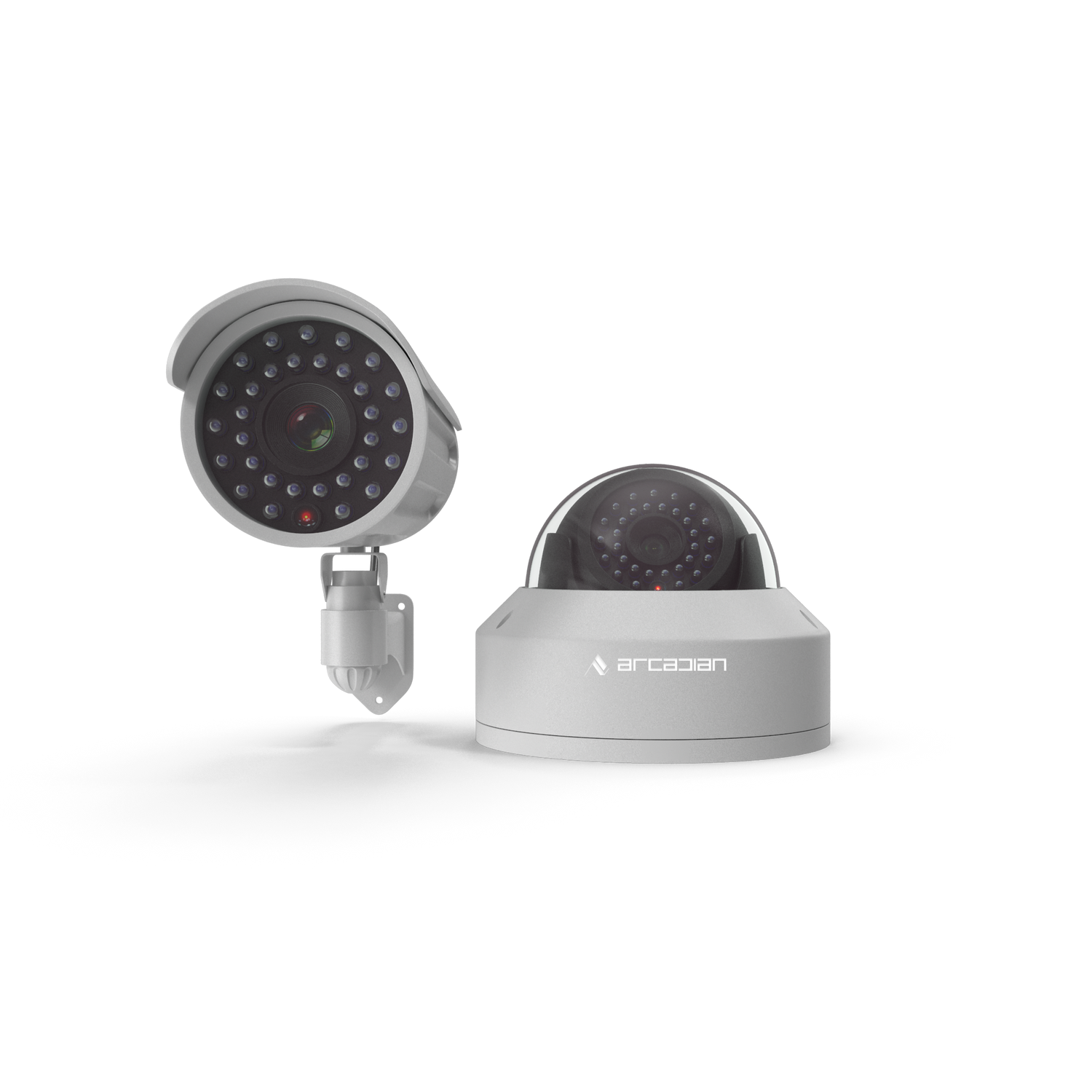Natural disasters like fires and floods can cause devastating damage to business properties and infrastructure, often leading to the loss of essential systems, including on-site CCTV footage. During these critical times, having a resilient CCTV setup, particularly one integrated with cloud-based surveillance, can be invaluable for safeguarding footage. Cloud-based solutions help secure video data, which aids in insurance claims, recovery planning, and forensic investigations after a disaster.
The Importance of CCTV Footage in Disaster Recovery
-
Documenting Damage for Insurance Claims
CCTV footage provides crucial evidence for insurance claims, capturing the extent of the disaster’s impact. This footage supports accurate claims, minimizes disputes with insurers, and streamlines the recovery process. -
Supporting Forensic Investigations
In the aftermath of fires or floods, investigators rely on CCTV footage to trace the sequence of events and analyze the origin of damage. Video records help fire marshals, law enforcement, and insurers assess what occurred and establish causes. -
Assessing Operational Impact and Continuity
Video footage of pre- and post-disaster conditions assists businesses in forming a recovery plan, showing which areas need urgent attention. This visual evidence is also valuable in evaluating equipment functionality and resuming operations safely.
Challenges with Traditional CCTV Systems in Disaster Scenarios
On-site CCTV systems with local storage are often vulnerable to the very disasters they’re meant to record. Common challenges include:
- Risk of Physical Damage: On-site storage devices are easily damaged by water, fire, or structural collapse, leading to permanent data loss.
- Dependence on Power: In a disaster, power outages are likely, which can stop recording and cause critical moments to go undocumented.
- Environmental Damage: High humidity, extreme temperatures, and debris can damage recording devices, affecting footage quality and accessibility.
Benefits of Cloud-Based CCTV During Disasters
-
Off-Site Data Storage for Resilience
Cloud-based security camera systems securely store footage in off-site data centers, typically located in disaster-resistant areas. This off-site storage ensures video data is safe and accessible, even if the physical business location is compromised. -
Continuous Recording During Power Loss
Cloud systems often include backup power solutions, allowing continued recording and upload during power outages, capturing crucial moments during extended disruptions. -
Remote Access for Immediate Review
Cloud-based CCTV allows business owners and recovery teams to access footage remotely. This real-time accessibility offers instant insights into disaster impact and supports timely response and decision-making. -
Data Redundancy Across Locations
Many cloud providers use redundancy, storing footage in multiple data centers. This backup across locations minimizes data loss risks, ensuring footage remains intact even if one data center is compromised.
Case Study: Cloud-Based CCTV Assisting in Flood Recovery
A coastal warehouse suffered extensive flooding, losing all on-site equipment. With a cloud-based CCTV system, management retrieved pre- and post-flood footage, aiding in the insurance claim and planning the recovery process. Without cloud storage, they would have lost vital evidence, complicating the recovery efforts.
Why Cloud-Based CCTV Is Key to Disaster Resilience
As natural disasters increase, businesses need reliable surveillance solutions that secure video data in all conditions. Cloud-based CCTV systems are resilient, accessible, and designed to ensure vital footage is protected, supporting both recovery and continuity.
Protect Your Business with Arcadian.ai’s Cloud Surveillance
Arcadian.ai provides cloud-based security camera systems tailored to protect your footage under extreme conditions. Strengthen your disaster resilience by scheduling a demo with Arcadian.ai today.
Share This Post
Help others understand the importance of cloud-based CCTV in disaster recovery by sharing this article on Facebook, Instagram, YouTube, TikTok, and X.


